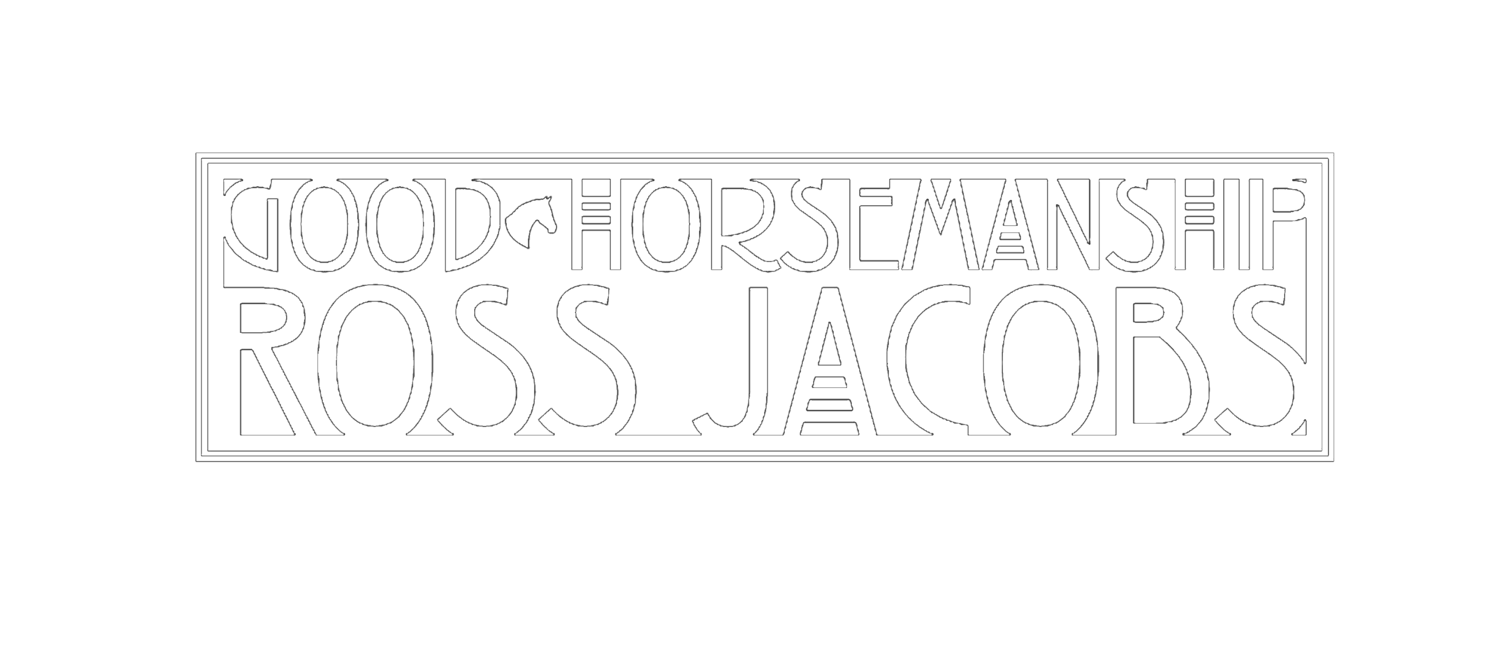We all know that there are two sides to any animal with a complex brain. This is no less true of horses. There is an outside or physical side to a horse. And there is an inside or mental/emotional side of a horse. Both sides are constantly working to influence how a horse behaves and responds to the world.
When I wake up with a headache, I might tell my wife I have a headache and how severe the pain feels. She could logically conclude that my bad mood is due to a headache. But maybe my bad mood is because I’m tired, and I have to fix a fence that one of the horses broke during the night. Or perhaps both are the trigger for my bad mood. (Although I am sure as you read this, you are incredibly sceptical that I could ever be in a bad mood).
A few months ago, I received an email from somebody who had completed a course in how to read the facial expressions of a horse to help diagnose physical pain. She asked for my opinion about this, and we exchanged some ideas.
Here are some of my thoughts…
Firstly, we can’t measure pain. A tight mouth on a horse may be related to pain, but since we can’t measure pain, we can’t possibly know for certain. Even if we can isolate a source of pain, we can’t quantify it to know how significant it might be or even if it is responsible for the tight mouth at all.
Every horse’s pain threshold is different. I owned one horse that insisted on going to intensive care if it got a mosquito bite. But another of my horses considered disembowelment a simple flesh wound. Their tolerance for pain or discomfort was hugely different. So, using a simple test like tension in facial expressions would not be very helpful as a diagnostic tool.
In our discussion, I sent the lady 2 short videos of a horse at a clinic. In the first video, she diagnosed that the expression and movement of the horse indicated she was in pain. The second video was from 30 minutes later in the same session. From this clip, she diagnosed that the horse was feeling much better and showed almost no indication of pain. But the difference between clip 1 and clip 2 is that I worked the horse and got her in a softer emotional state. I did not address the body. I addressed the mind. The point being that looking for physical expressions of pain does not preclude the fact that what we see and interpret as pain may not be physical pain but instead could be emotional discomfort.
This exchange revolved around facial expression indicating pain or no pain. But I was not able to get an answer whether there are facial expressions associated with joy, happiness, etc. Are the facial expressions simply used to diagnose pain versus no pain, or can they indicated comfort and feeling good? If anybody knows the answer I’d like to hear your thoughts in the comments section.
I don’t want to trivialise the importance of considering physical issues when addressing problems with horses. But neither should we trivialise emotional problems. When I scan the internet and read people asking for help with horse problems, the comments section is overflowing with questions and advice about ulcers, back pain, saddle fit, rider position, dental issues, etc.
They are all good suggestions worth considering. However, almost nobody asks questions about training and/or husbandry. It is rare that somebody asks the horse owner, “What is your horse like to lead?” or “What is its position in the herd?” or “Where is it looking when you ask for a circle?” or “When you ask it to back up, where are its thoughts?”.
Even when we do find a source of physical discomfort or pain in a horse, we don’t know that this is the trigger for the behavioural problem. I might find my horse is reactive when I press along the longissimus muscle of its back, but the real cause for the head shaking could be ear mites or perhaps separation anxiety.
Of course, there may be physical or emotional triggers for misbehaviour that we can’t possibly know about. Do horses suffer migraines or leg cramps? Do they experience melancholy or depression? Because we can’t diagnose these syndromes, we will inevitably place the blame on unrelated causes with a misdiagnosis.
Let’s face it, horses make the worst patients when it comes to figuring out what’s wrong with them - either physically or emotionally.
Some people think that horses have 22 facial expressions indicating discomfort. I wonder if this is an underestimation.

